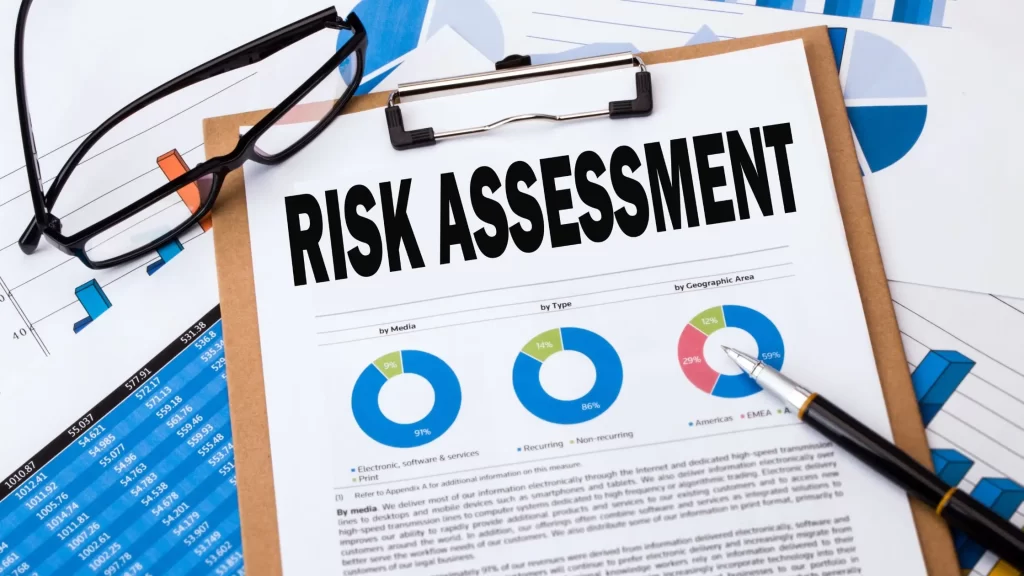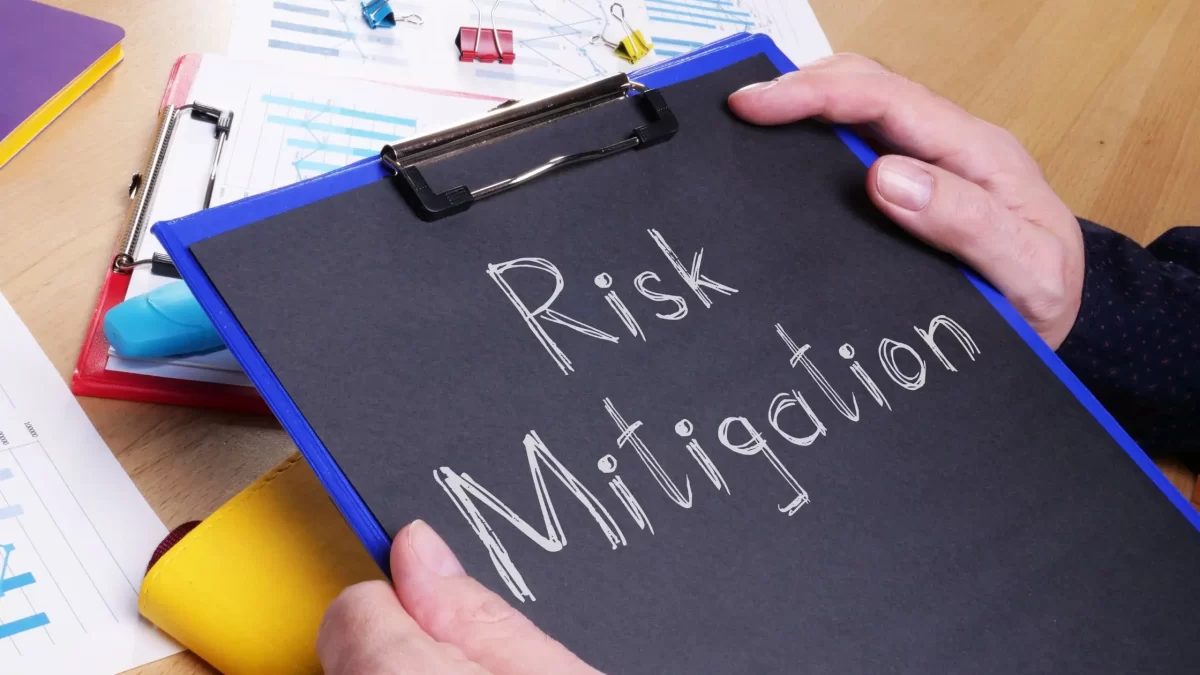With cyberattacks becoming more common and dangerous, even well-protected companies are not immune to cybercrimes anymore. Cybercriminals are equipped with “clever tricks” to outwit your security systems.
Cybercrime has become a major problem worldwide, especially in the USA.
In 2023, ransomware attacks occurred in over seven out of 10 US firms in the previous year. In terms of the percentage of businesses reporting a loss of sensitive data, the nation came in third place globally.
In 2022, there were 1,802 incidents of data compromise, affecting approximately 422 million individuals. The United States is among the countries with a high density of data breaches, with almost 150 incidents per thousand residents in the third quarter of 2023.
Given the rise in cyberattacks, companies need to adopt effective risk mitigation practices to protect sensitive information, avoid financial losses, and maintain trust. Below, we will explore key best practices to enhance cybersecurity and mitigate risks.
1. Implement Multi-Factor Authentication (MFA)

In today’s cybersecurity environment, using passwords alone is no longer enough to secure your data and systems.
Keep in mind that a threat actor can use sophisticated techniques to crack or steal passwords to gain unauthorized access.
One of the ways to deal with this concern is to implement an MFA (Multi-Factor Authentication). It adds an extra security layer by requiring users to provide additional credentials beyond their passwords. Examples include a fingerprint scan, an SMS verification code, or an authenticator app.
Enforcing MFA reduces the risk of unauthorized access, even if a password is compromised.
2. Regularly Update and Patch Software
A vulnerability or defect in your software can make your system a low-hanging fruit for cybercriminals. When your software is outdated or plagued with any issues, it often lacks critical security updates that protect against the latest threats.
Establish a regular schedule for keeping an eye on, patching, and updating all systems and software. Automatic updates, of course, can make things easier. However, it’s crucial to regularly review patch management policies to ensure that no critical updates are missed.
3. Conduct Regular Risk Assessments

Understanding where your organization is most vulnerable is essential for implementing effective risk mitigation strategies. Without regular assessments, companies may overlook potential security gaps.
Perform comprehensive risk assessments periodically to identify weaknesses in your network, software, or security protocols. This process should involve penetration testing, vulnerability scans, and reviewing access controls. Based on the findings, develop an action plan to address the risks and continuously improve security measures.
4. Educate and Train Employees
Employees are often the weakest link in cybersecurity. Phishing attacks, social engineering, and human errors can lead to significant breaches and losses. If employees lack awareness, they may inadvertently open the door to cybercriminals.
Create a comprehensive cybersecurity training program for employees at all levels. This should cover common attack methods like phishing, safe internet practices, password management, and identifying suspicious activities. Regularly refreshed training sessions and keep staff informed about new threats and company protocols.
5. Backup Data and Implement Disaster Recovery Plans

In the event of a ransomware attack, a data breach, or system failure, having reliable backups can prevent catastrophic data loss and downtime. Companies that don’t have backup systems might have to pay large sums of money to get their data recovered.
Make regular backups of all important data as part of a strong data backup policy. Diversify your risk by using both off-site and on-site backup options. Have a disaster recovery strategy in place as well, which should include instructions on how to promptly resume operations and restore data in the event of an attack or failure.
6. Use Encryption to Protect Sensitive Information
Encrypting data is essential for protecting sensitive information’s integrity and confidentiality. Data that has been intercepted or accessed without permission is rendered illegible and useless to attackers via encryption.
Encrypt all private data while it’s in transit and at rest. This covers data sent over networks as well as data kept on external devices, servers, and laptops. Employ robust encryption techniques, and store encryption keys safely apart from encrypted data.
7. Establish Strong Access Controls
Not all employees need access to all company data. Improper access controls can lead to insider threats, unintentional misuse of information, or unauthorized access to sensitive data.
Implement the principle of least privilege (PoLP), which ensures that employees only have access to the data and systems necessary for their job roles. Use role-based access controls (RBAC) and review user permissions regularly to detect and revoke unnecessary access rights.
8. Monitor and Log Network Activities
Constant monitoring of network activities helps detect abnormal patterns that could indicate a cyberattack. Without active monitoring, malicious activities can go unnoticed for extended periods, resulting in significant data breaches.
To continuously track and examine network activity, use intrusion detection systems (IDS) and security information and event management (SIEM) tools. Set up notifications for odd activities like unsuccessful login attempts, illegal access, or odd data transfers. Examine logs frequently to spot possible security incidents and take quick action.
9. Secure Mobile Devices and Remote Work
With the rise of remote work and the increased use of mobile devices for business purposes, securing these endpoints has become a critical aspect of cybersecurity. Remote and mobile devices are often targeted by hackers due to weaker security measures compared to on-premises systems.
Implement mobile device management (MDM) solutions to enforce security policies on employee devices. Require remote workers to use VPNs and secure connections when accessing company data. Additionally, enforce strict rules around BYOD (Bring Your Own Device) policies to prevent unprotected devices from connecting to corporate networks.
10. Have an Incident Response Plan (IRP) in Place
Businesses may find it difficult to react appropriately in the absence of a well-defined incident response plan, which could result in more losses and extended downtime.
Create an incident response strategy that specifies what should be done both during and after a security breach and update it regularly. Roles and duties, communication methods, data breach notification procedures, and system restoration rules should all be included in the strategy.
To make sure everyone is aware of their responsibilities in an emergency, conduct frequent drills and evaluations.

